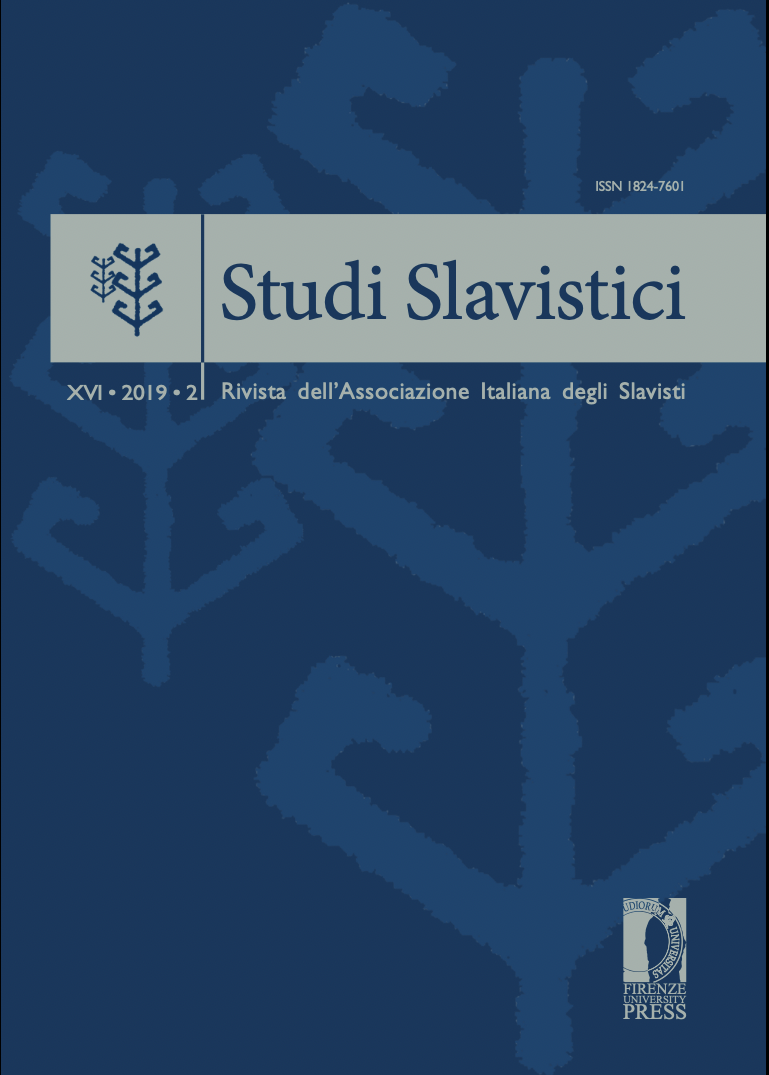Lev Šestov: ‘Duality’ in Life and Thought at the Time of the Rift of the Socio-cultural Paradigm
Published 2019-04-13
Keywords
- Lev Šestov,
- Duality
Abstract
Russian-Jewish religious thinker Lev Šestov (1866-1938) is often regarded as a precursor of European existentialism. At the same time, his “philosophy of tragedy” is also assigned to Irrationalism, and Albert Camus characterised Šestov as a “new man of the Absurd”. Since perestrojka, Šestov’s writings, within the legacy of the Russian Silver Age more generally, have come back from obscurity, and their popularity continues to rise. This is due in particular to a prophetic, supertemporal character of Šestov’s thought. However, with all the tragic nature of his philosophy, focused on the border-line situations between life and death (typical for the Silver Age as a whole), one cannot help noticing a border-line of a different kind, both in Šestov’s life and thought. He was always torn between diverse, often incompatible spheres: his humanities studies on the one hand, and the need to be closely involved in his father’s textile business, on the other; between his belonging to Russian culture, and his Jewish roots; between literary criticism, and philosophy per se. His very thought can be regarded as operating on two different levels (what Viktor Erofeev labelled as ‘night-time’ and ‘day-time’ sight of the philosopher). In the socio-political sphere, Šestov quickly realised the incompatibility of his aspirations as a philosopher and the Bolševiks’ agenda, and emigrated. In 1920, at the dawn of his émigré life, he produced a prophetic anti-Soviet brochure What is (Russian) Bolševism?, and yet, later on in the 1930s, he displayed a certain myopia, not having recognised the rising threat of fascism in Europe. In this article, the above duality in Šestov’s life and thought is analysed in the context of the socio-political and cultural rift of 1917. In particular, the author investigates in which way Šestov’s perception of the era of revolutionary changes is predicated on this duality, and attempts to see if there is a reverse connection here. This is to say, the article endeavors to clarify the impact, if any, the shift in the socio-cultural paradigm had on Šestov’s life and thought.


